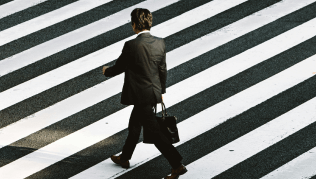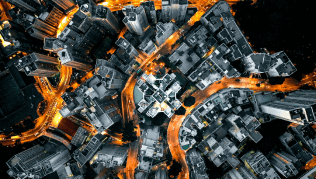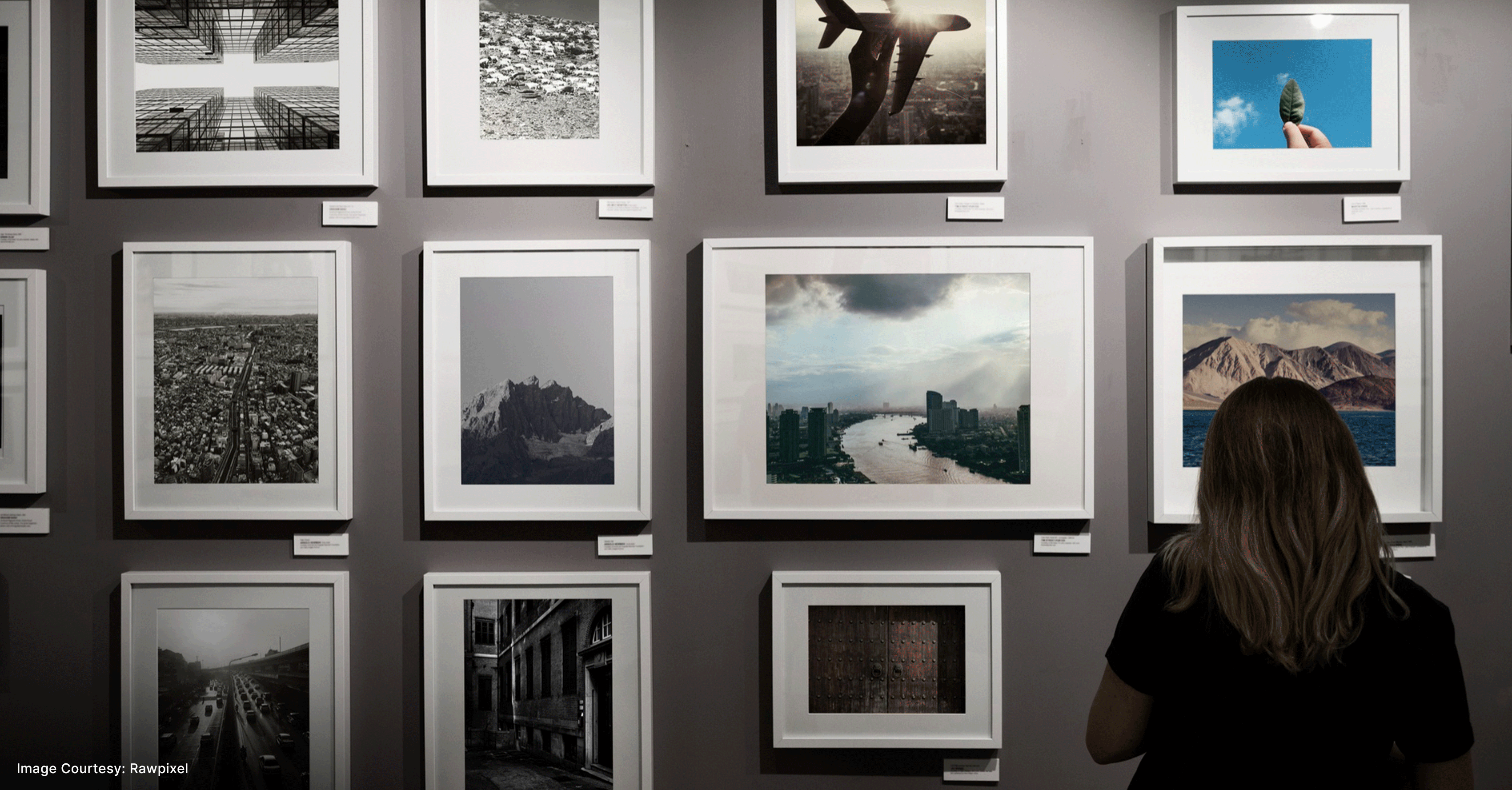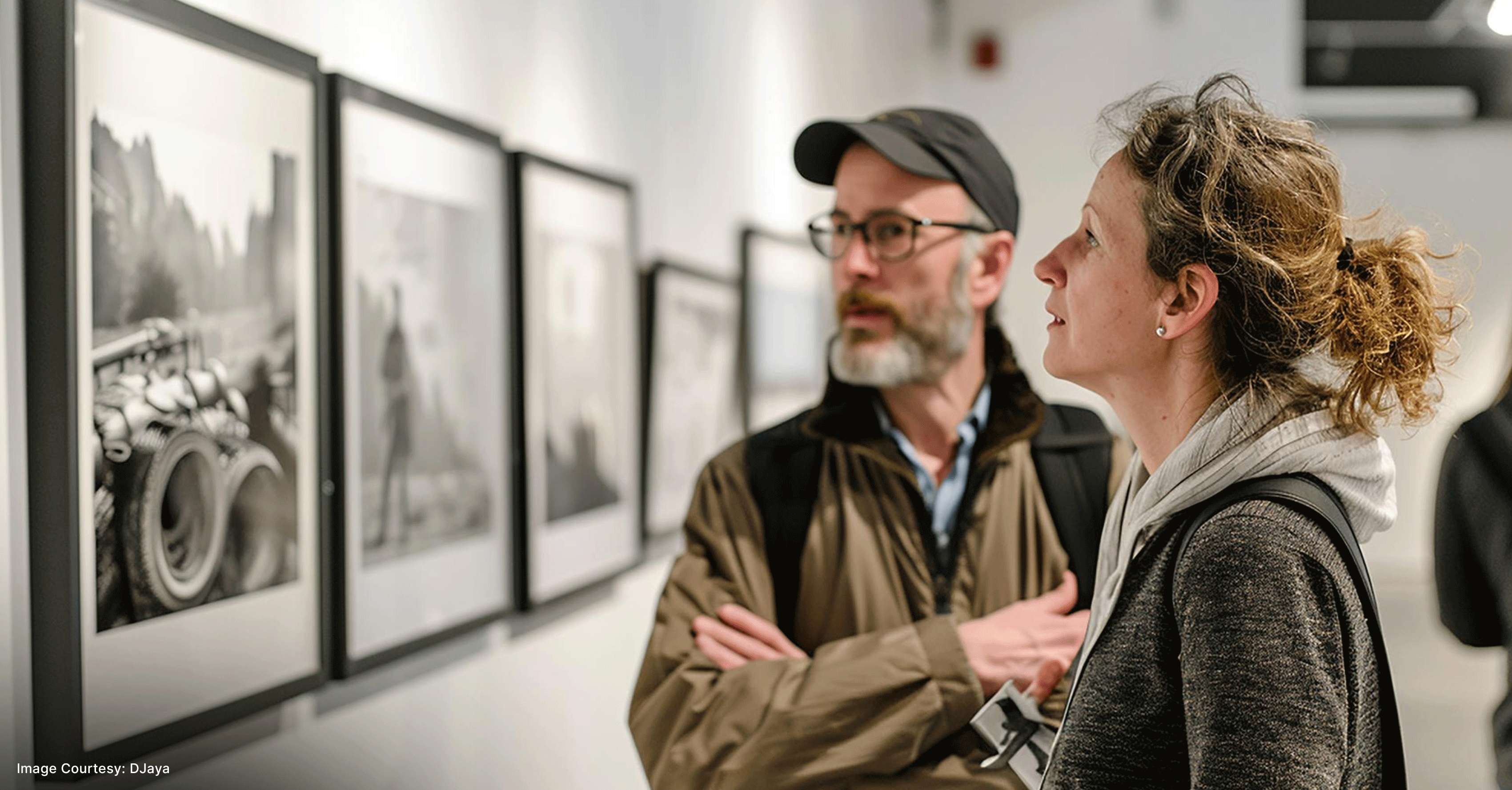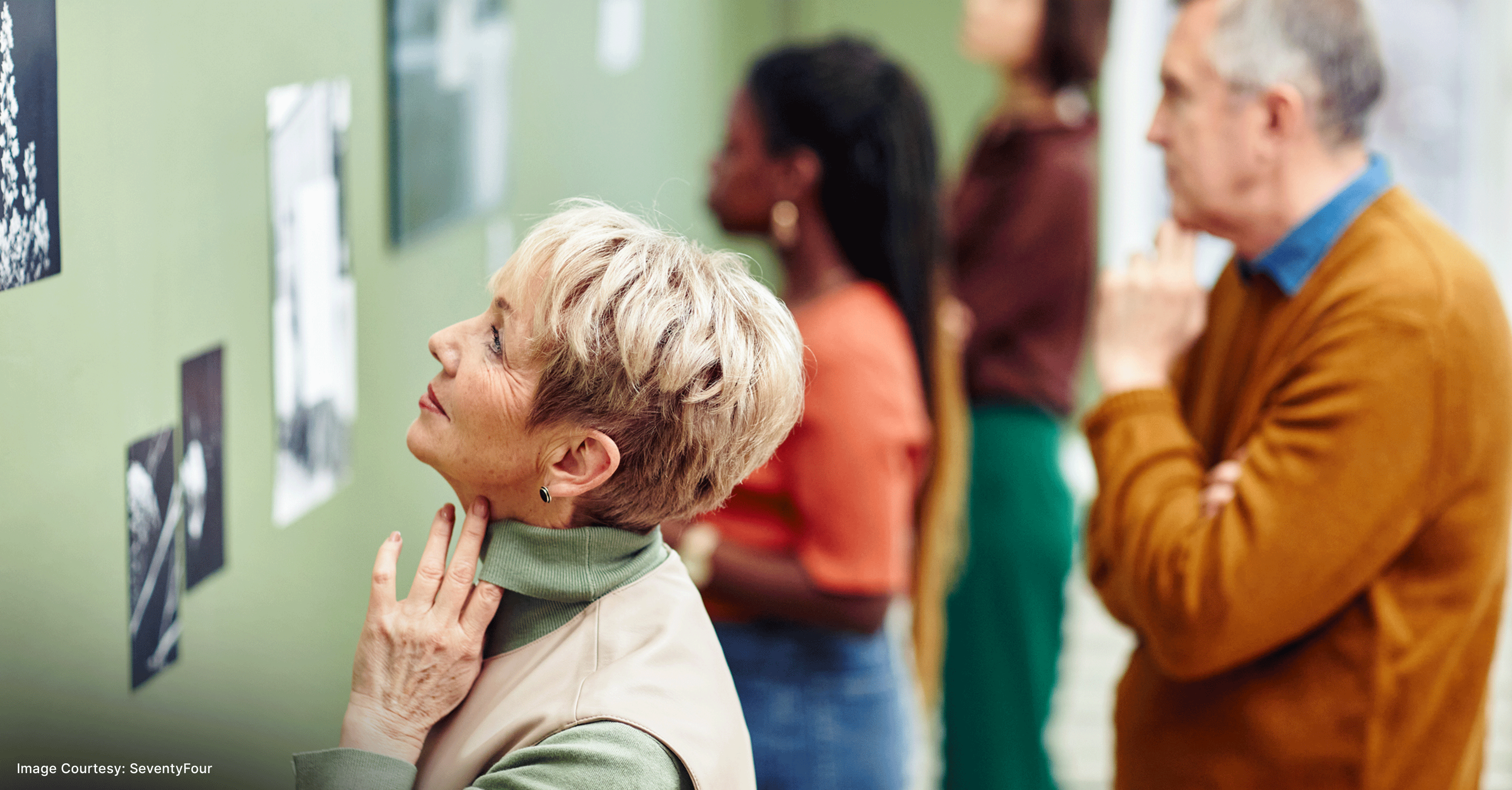Photography is a powerful medium for storytelling and documentation, capable of capturing moments that stir emotions, ignite conversations, and influence societal attitudes. Over the years, photographic exhibitions have emerged as influential platforms that help shape public perception of pressing social and cultural issues. These exhibitions go beyond artistic expression; they present visual narratives that connect viewers to broader human experiences, often bringing to light stories that might otherwise remain untold.
In this article, we will explore how photographic exhibitions have been used to influence public perception of social issues, highlight the role of visual storytelling in raising awareness, and discuss how photography continues to be a vital tool for social change. We’ll also examine some iconic exhibitions that have had a lasting impact on public discourse, illustrating how powerful visual narratives can lead to a deeper understanding of societal challenges.
The Power of Photography in Raising Awareness
Photographs have the unique ability to transcend language and cultural barriers, making them effective tools for communicating complex social issues to a broad audience. A single photograph can encapsulate a moment in time, telling a story that resonates on a deeply emotional level. When curated and displayed in exhibitions, these photographs can take on even greater significance, drawing attention to societal problems and encouraging viewers to engage in dialogue.
Photographic exhibitions that focus on social issues often utilize documentary photography to highlight injustices, inequality, or human suffering. These images serve as powerful tools for advocacy, compelling viewers to confront uncomfortable realities and question the status quo. Through exhibitions, photographers can raise awareness of social issues such as poverty, migration, human rights violations, and environmental degradation, offering a visual entry point into conversations that might otherwise be difficult to initiate.
How Photographic Exhibitions Shape Public Perception
Photographic exhibitions have the capacity to shape public perception in several ways. They offer curated visual narratives that guide the viewer through specific themes or topics, presenting images in a way that encourages reflection and critical thinking. By framing issues within a broader social, cultural, or historical context, exhibitions can shift public attitudes and spark action.
1. Humanizing Abstract Issues
One of the primary ways in which photographic exhibitions influence public perception is by humanizing abstract or distant social issues. Many social problems, such as climate change, economic inequality, or migration, can feel overwhelming or impersonal when discussed in the abstract. Photography brings these issues to life by focusing on individual stories and faces, making the consequences of these problems tangible and relatable.
For instance, the photograph of a child in a war-torn region or an image of a displaced family fleeing natural disasters can evoke empathy and a sense of urgency that statistics alone cannot. When presented in an exhibition format, these images are given the space to be fully absorbed and appreciated, allowing viewers to connect emotionally with the subjects depicted.
2. Challenging Stereotypes and Misconceptions
Photographic exhibitions also have the power to challenge stereotypes and misconceptions about marginalized communities. Through carefully curated visual narratives, exhibitions can confront the viewer with alternative perspectives and encourage them to rethink preconceived notions.
For example, exhibitions that focus on the experiences of refugees or indigenous communities often provide an intimate look at the daily lives, traditions, and struggles of these groups. By presenting these subjects with dignity and nuance, photographers can challenge harmful stereotypes and foster a more nuanced understanding of these communities.
Iconic Photographic Exhibitions That Influenced Public Perception
Throughout history, several photographic exhibitions have played pivotal roles in raising awareness of social issues and shaping public discourse. Here are a few examples of exhibitions that have made a lasting impact on the way people perceive and engage with societal challenges.
1. The Family of Man (1955)
One of the most iconic and influential photographic exhibitions in history, The Family of Man, was curated by Edward Steichen for the Museum of Modern Art (MoMA) in New York in 1955. This exhibition featured 503 photographs from 273 photographers across 68 countries, presenting a visual narrative of the human experience. The goal of the exhibition was to showcase the universality of human emotions, experiences, and struggles, despite differences in nationality, race, or culture.
The Family of Man traveled to 37 countries and was seen by millions of people, influencing public perception of humanity’s interconnectedness and the need for global cooperation. The exhibition’s focus on shared human experiences helped foster a sense of empathy and understanding across cultural divides, making it a landmark in the history of photographic exhibitions.
2. Let Us Now Praise Famous Men (1941)
Walker Evans, along with writer James Agee, produced a collection of photographs documenting the lives of tenant farmers during the Great Depression. These photographs, which were later published in the book Let Us Now Praise Famous Men, were also displayed in exhibitions, highlighting the harsh realities of poverty and rural life in America.
The images portrayed the resilience and dignity of the farmers, despite their extreme hardships, and were instrumental in shaping public understanding of poverty and social inequality in the United States. Evans’s photographs remain a powerful reminder of the human cost of economic disparity and the importance of documenting social issues through photography.
3. World Press Photo (Founded in 1955)
The annual World Press Photo exhibition, founded in 1955, has become one of the most prestigious platforms for showcasing photojournalism from around the world. Each year, the exhibition features photographs that capture significant social, political, and environmental issues, ranging from war and conflict to human rights and environmental degradation.
The exhibition’s global reach and its focus on hard-hitting social issues have made it a vital tool for raising awareness about events that may not receive widespread media coverage. The images presented in the World Press Photo exhibitions often serve as a call to action, urging the public to engage with critical issues and advocate for change.
The Role of Exhibitions in Raising Awareness of Social and Cultural Issues
Photographic exhibitions not only highlight individual stories but also provide a broader commentary on social and cultural issues. By curating visual narratives that address specific themes, exhibitions can serve as platforms for advocacy, education, and cultural preservation.
1. Visual Storytelling and Social Advocacy
Exhibitions that focus on social advocacy often present photography as a tool for storytelling and activism. By documenting social injustices, environmental crises, or human rights violations, photographers can bring attention to critical issues and inspire action. These exhibitions serve as powerful reminders of the role that visual storytelling plays in fostering empathy and prompting change.
For example, exhibitions that focus on the effects of climate change often feature images of melting glaciers, rising sea levels, or communities displaced by extreme weather events. These images communicate the urgency of the issue in a way that statistics or reports alone cannot, compelling viewers to take action on behalf of the environment.
2. Cultural Preservation and Representation
In addition to raising awareness of social issues, photographic exhibitions also play a key role in preserving and representing cultural heritage. By documenting the traditions, rituals, and everyday lives of people from different cultural backgrounds, photographers contribute to a broader understanding of the world’s diverse cultures.
Exhibitions that focus on indigenous communities, for example, often highlight the importance of preserving cultural traditions in the face of globalization and modernization. These exhibitions not only educate the public about the richness of cultural diversity but also advocate for the protection of marginalized cultures and their rights.
ZiiP Foundation’s Contribution to Raising Awareness Through Exhibitions
As photography continues to evolve, new platforms and initiatives are emerging to promote visual storytelling and social advocacy. The ZiiP Foundation is dedicated to using photography as a tool for raising awareness of social and cultural issues through exhibitions, workshops, and collaborative projects.
1. Empowering Emerging Photographers
ZiiP Foundation aims to support emerging photographers who are passionate about using their craft to address social issues. By providing them with the resources, mentorship, and platforms to showcase their work, ZiiP is helping to amplify voices that might otherwise go unheard.
Through exhibitions that focus on themes such as human rights, environmental sustainability, and cultural preservation, ZiiP Foundation ensures that the work of socially conscious photographers reaches a global audience. These exhibitions not only highlight pressing social issues but also encourage dialogue and action.
2. Creating Inclusive Spaces for Visual Storytelling
ZiiP Foundation is committed to creating inclusive spaces where photographers from diverse backgrounds can share their stories and perspectives. By organizing exhibitions that feature photographers from underrepresented communities, ZiiP is helping to challenge stereotypes, foster cultural exchange, and promote empathy.
Through its exhibitions, ZiiP Foundation aims to raise awareness of social and cultural issues by presenting powerful visual narratives that resonate with viewers and inspire change. Whether through virtual exhibitions, outdoor installations, or traditional gallery shows, ZiiP is dedicated to using photography as a force for good.
Conclusion
Photographic exhibitions have the power to shape public perception of social issues, humanize abstract problems, and challenge societal norms. By presenting visual narratives that evoke empathy and understanding, these exhibitions play a crucial role in raising awareness of the world’s most pressing social and cultural challenges.
Throughout history, iconic exhibitions such as The Family of Man and World Press Photo have demonstrated the ability of photography to influence public opinion and inspire action. As we move forward, initiatives like ZiiP Foundation will continue to provide platforms for photographers to showcase their work and contribute to global conversations about social justice, environmental protection, and cultural preservation.
By supporting photographers and creating spaces for impactful visual storytelling, photographic exhibitions will remain an essential tool for advocacy and social change, helping to build a more informed and compassionate world.
